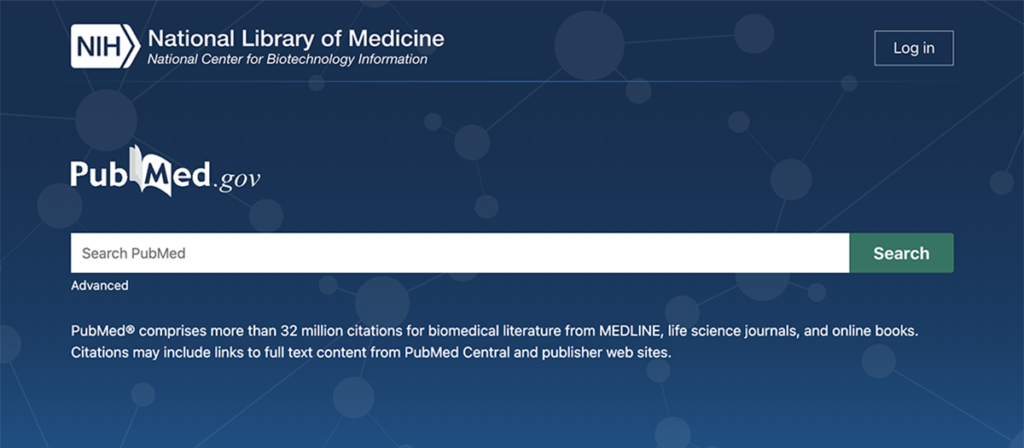PubMed, a freely accessible resource, aids in the exploration and extraction of biomedical and life sciences documents to enhance global and personal health. It maintains a vast compilation of over 37 million citations and abstracts, offering a comprehensive database for researchers and health professionals. While PubMed doesn’t host complete journal articles, it frequently provides links to full texts from other platforms like publishers’ websites or PubMed Central (PMC).
Launched for public use in 1996, PubMed is a product of the National Center for Biotechnology Information (NCBI) under the oversight of the U.S. National Library of Medicine (NLM), situated at the National Institutes of Health (NIH). This resource plays a pivotal role in advancing medical knowledge and facilitating access to crucial literature in the field of biomedicine.
The Massive World of PubMed Journals:
PubMed offers a massive collection of journals, containing roughly 30,000 entries. This list is constantly updated and includes journals from two main sources:
- MEDLINE®: This is a well-established database of life science and biomedical literature.
- Non-MEDLINE Journals: These journals may not be part of MEDLINE but still have their content archived in PubMed Central (PMC). PMC serves as a repository for research articles, especially those funded by the NIH (National Institutes of Health) that require open access. Other government or funding bodies might also utilize PMC for similar purposes.
Important Points to Remember:
- Multiple Formats: The PubMed journal list is available in various formats. You can find instructions on how to check if a specific journal is indexed in PubMed/MEDLINE [link to instructions].
- No Alphabetical Order: The entries are not organized alphabetically.
- Sequential ID System: Each journal has a unique identifier (JrId) within the NCBI databases. Due to how these IDs are assigned, there might be gaps in the numbering sequence. The lowest JrId doesn’t necessarily represent the total number of journals.
- Mind the Articles: Some journal titles may start with articles like “The,” “An,” or “A.” This can impact how you search or sort the data.
- Unique Journal IDs: Each journal has a specific NlmId within the NLM bibliographic database. LocatorPlus and the NLM Catalog on NCBI Entrez allow public access to this data.
- Journal Abbreviations: PubMed assigns shortened versions (MedAbbr) of the full journal titles, regardless of whether they are MEDLINE journals or not.
- Linking Across Databases: NLM creates ISO abbreviations to facilitate internal linking between GenBank and PubMed.


